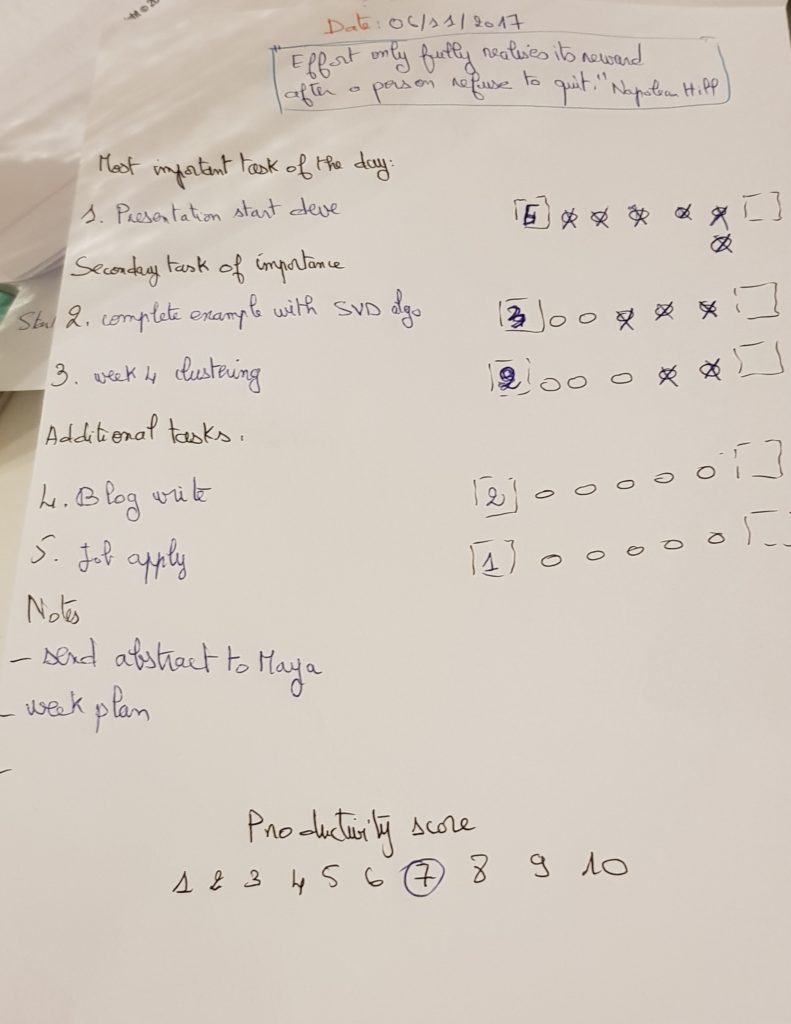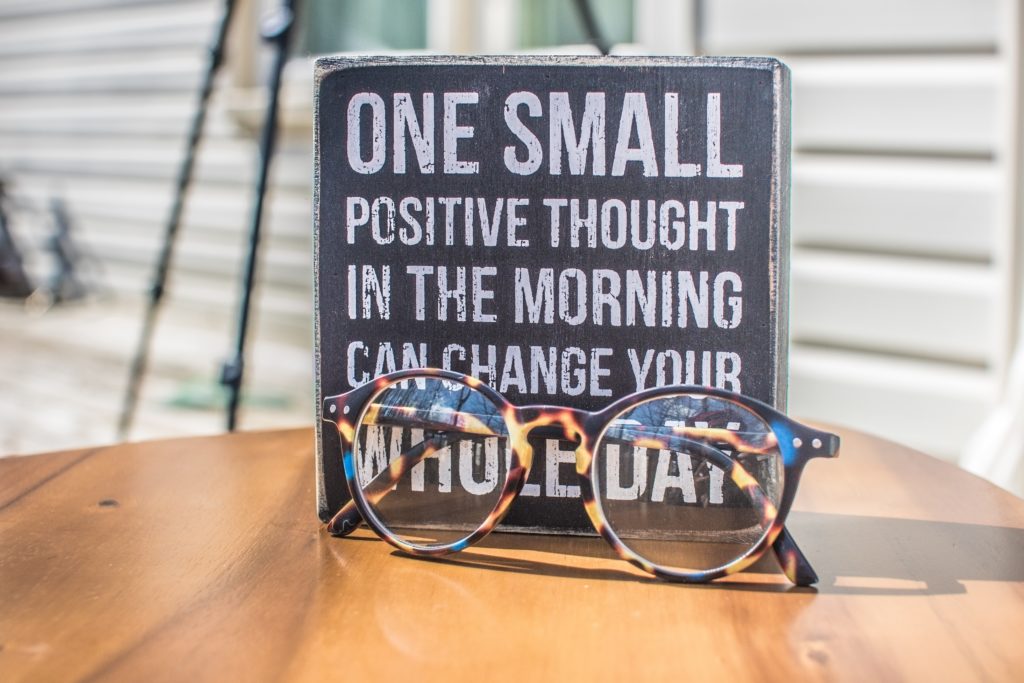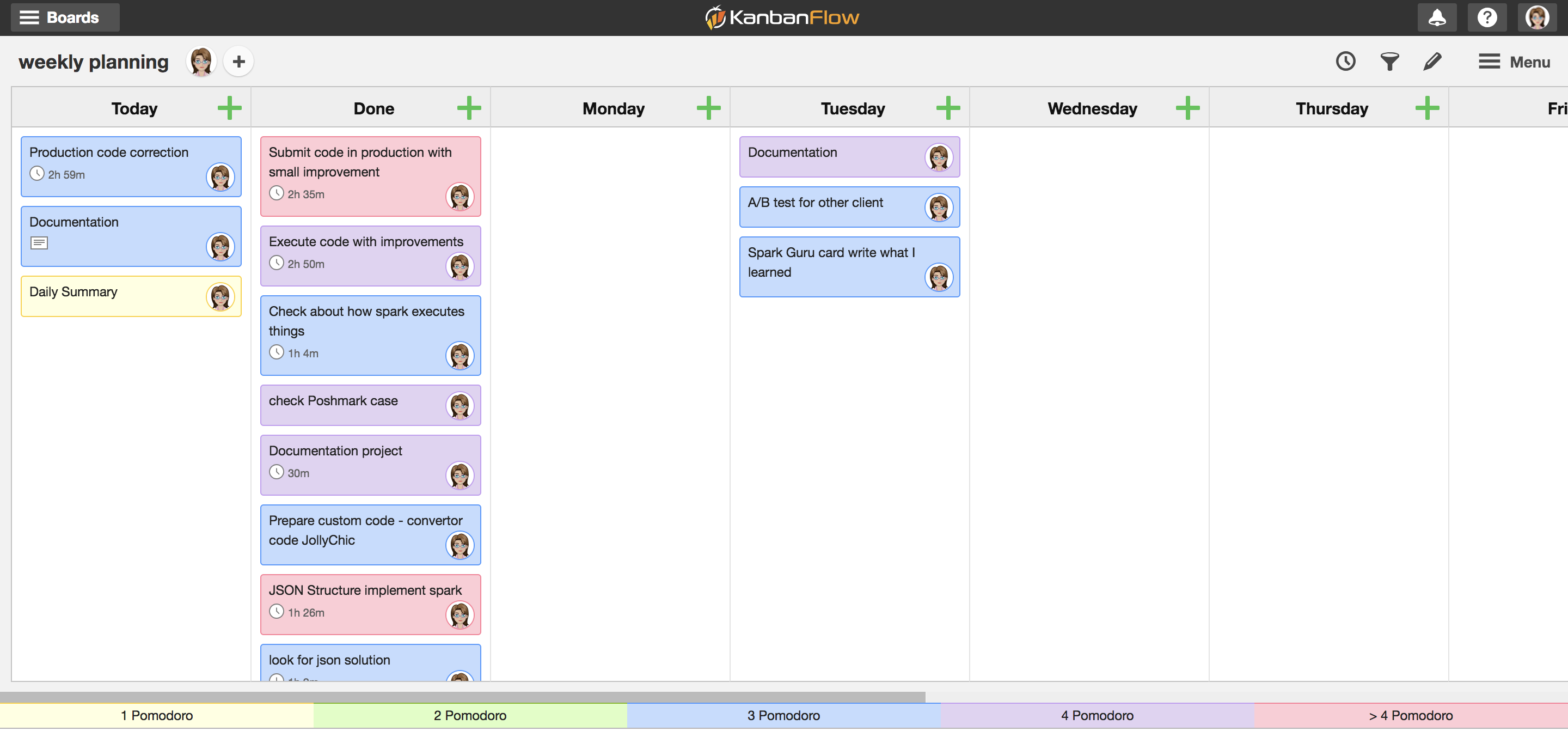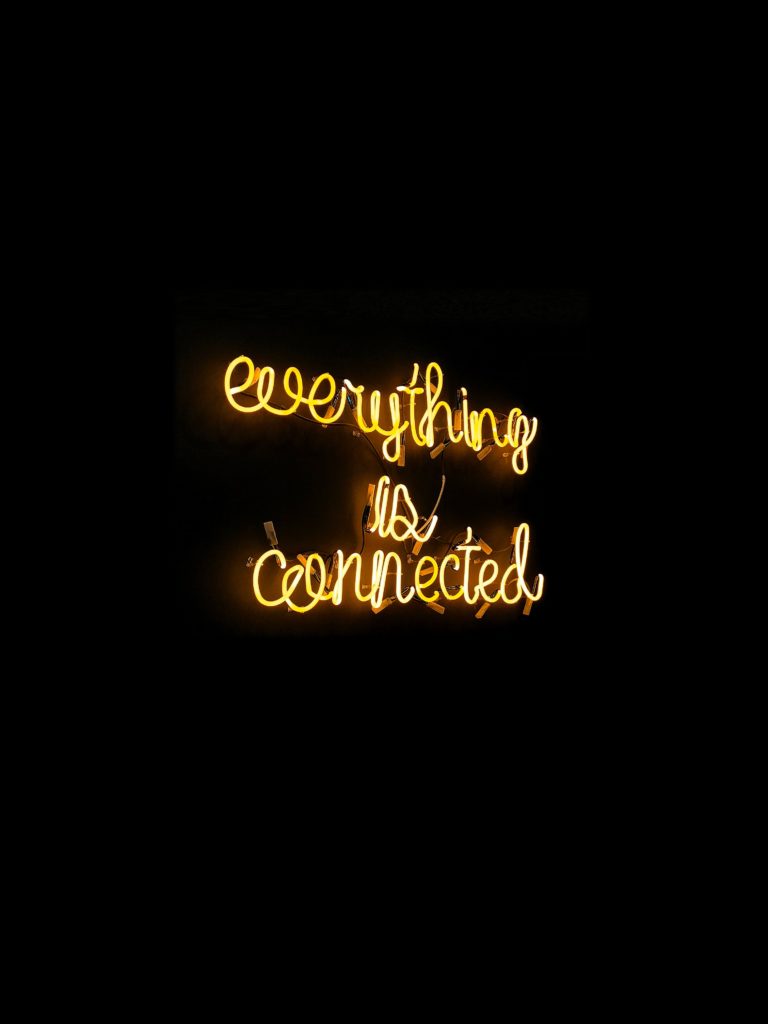Many of the aspiring data scientists wonder how to take the path and get the job as a data scientist. Fortunately, nowadays, you don’t have to start a costly bootcamp or a university degree to become a data scientist because there are many resources available, and a lot of them are free and accessible to everyone. In the first part of this post, I shared the resources that helped me land my Data Scientist job. However, without a strategy, it’s harder to achieve it.
I personally joined a community that helped me know my purpose, shape my dream career and define my goals and action steps. It’s Classy Career Girl. It was my main resource for time management tools and organizing myself. I also was inspired by some other recommended techniques like Pomodoro Technique, Most Important Tasks, gratitude journal, etc..
Let’s go through my developed strategy pillars!

Have a plan
A goal without a plan is just a wish. — Antoine de Saint-Exupery
I believe that without a plan, you cannot stick to your goals whenever you face some ‘down’ moments. So, having a plan is essential in order to be able to always look into it and renew your commitment to your goals. Here is what I did:
- I started with a year planner, from it I create a quarter board with 3 main goals and answer the “Why?” of each.
- Prepare a 90-day goals action plan: Filled a table where I wrote my focus for each month, what are the focus area(s) and the tasks to complete in 30, 60 and 90 days.
- Do a monthly review.
Daily prioritization
Each morning, I start by writing my 5 priorities, or what is called Most Important Tasks (MITs), of the day:
First, I choose the 1 most important task, then 2 secondary tasks of importance and lastly 3 additional tasks. Second, I give each one of them the estimation of time through the number of Pomodoros needed (how many 30 minutes slots). Finally, at the end of the day, I evaluate my performance by a productivity score.
Following is an example (Notice also the quote below the date, every day I choose a quote to motivate myself):
Positive mindset
Another thing I do to ensure the right mindset, which is a very important part in such a transition phase:
Write down in a paper, each morning:
- 3 things I’m grateful for (the more specific the better)
- 3 things that will make today great
- A daily affirmation.

Then, by the end of the day, I write:
- 3 Amazing things that happened that day (There should be, for sure, just think even of the simplest good things!)
- how could I have made the day even better?
Disclaimer: I’m not going to pretend that each day, I finished all these tasks, but I learned to be happy when I finish the most important one and some of the secondary ones.
Time/Task logging
To track time, I used Kanbanflow: I created a board called weekly planning, where the columns are: all days of the week + Today + done.
Before starting on my tasks which I wrote in the paper (See Daily Prioritization), I move the tasks corresponding to the day of the week to “Today” column and log the time of each task using Pomodoro technique ( I also colored them using the labels 1 Pomodoro, 2 Pomodoro, etc ..). Then, it’s even possible to check the log of time and see how much hours I spent. It’s really a great tool, that I still use to this date. It helps to focus and have a concrete tasks log overview. Here is an example:

Ok so now, would all this be enough to get the job?
To my opinion, the answer is no. Even if you do the courses, learn, organize yourself, your chances to get the job are minimal if you don’t put yourself out there.
Therefore, you definitely need to :
- share your learnings: When you share what you learn, you are the first one to benefit from that, because new knowledge sticks better when you teach it to others. It can be through a blog article, a youtube video or a LinkedIn article. I really liked an article that I recently found What I Learned from Writing a Data Science Article Every Week for a Year which talks about the benefit of writing a data science article.
- work on small projects and put them in Github: On one hand, this practice allows you to acquire practical knowledge, as I already mentioned the importance of applying what you learn on projects in part 1. Recruiters are more interested in seeing the projects you’ve done rather than the courses you’ve finished. On the other hand, using Github will be beneficial as most likely in your job, you will have to use it as well.
- join Data Science events/meetups: By joining data science/big data events, you get an idea of the current state of the field, besides, it builds up a Network and you can use these events opportunities to ask for help in a project, or offer help in one, connect with other people who want to integrate the field. It’s so important to feel supported in the journey and to find a tribe. There is sometimes even free online conferences, I joined once a free online conference organized by Metis. Kaggle is also organizing one called CareerCon in the coming month. You can also check meetup.com and look for meetups with the keyword Data Science, Big Data, Machine Learning in your area.
- connect with people in the field: Introduce yourself to people in the field, whether when you join an event or online. If online, don’t send a standard invitation message/e-mail, make it personal: state a blog that they wrote or ask a question or talk to them about your journey maybe they have advises. You can even find a mentor among them if you try. There is a lot of people in the data science community willing to help, so don’t be ashamed. You just need to know how to introduce yourself and your purpose.

It helped me a lot to join some conferences whether as a participant or as a speaker ( Data Natives 2016 , Data Natives 2017 ). I also jumped on a short freelance opportunity, which was mainly to learn by working on a real project.
Otherwise, among data science people I connected with and I strongly recommend following them on LinkedIn are:
- Kirill Eremenko: Data Science Management Consultant, CEO of SuperDataScience, Data Science Instructor on Udemy platform.
- Eric Weber: Data Scientist always sharing his learnings.
- Favio Vázquez: Chief Data Scientist, Data Science instructor.
- Lillian Pierson: Business Coach for Tech SMEs, Big Data Strategist & Corporate Trainer, Founder of Data-Mania.
- Brandon Rohrer: Data Scientist at Facebook, Machine Learning instructor, has a great way of explaining things in videos.
- Christopher Dossman: Chief Data Scientist. He has great series in Medium. I was so happy when I found his series about becoming a machine learning engineer.
- Jason Brownlee: Founder of Machine Learning Mastery
- Matthew Mayo: Machine Learning Researcher and the Editor of KDnuggets publishing diverse content about Machine learning and Data Science.
One last thing, interviews teach a lot as well, so don’t be afraid to try, even if it seems to you at first that you don’t fulfill the requirements. Most often, in the recruitment process, you will receive a data challenge. Doing these challenges is real gold! Take them seriously, do your best and if you don’t land the job, then you already gained something, don’t ever think you lost! Yes, it can be disappointing sometimes, but keep looking forward and you will see that all those interviews participated in getting even a better job than you thought you could have. What did Steve Jobs once said?
“Your time is limited, so don’t waste it living someone else’s life. Don’t be trapped by dogma, which is living with the results of other people’s thinking. And most important, have the courage to follow your heart and intuition. They somehow already know what you truly want to become. Everything else is secondary.” – Steve Jobs
Summary
To summarise, here are the key points mentioned in part 1 and part 2:
- Create a plan and define your goals – it’s very important to track your progress, daily.
- Do online courses, use online resources
- Start small projects
- Share your learnings
- Put yourself out there and connect with people in the field
- Do interviews and don’t be afraid to fail. Live the challenge, win the game!
I myself followed these steps and even though it took me around one year to get the job, I believe that year was necessary because at the end I landed in the working environment I dreamt of (despite the denial of its existence by one of my previous company managers). In addition, I found myself working in the advertisement world and on a recommender system project. Indeed, I attracted to my career what I wanted to get:
“And it doesn’t stop there, among all the subjects, especially, two subjects caught my attention :recommendation systems and marketing analytics (ads bidding, extracting informations from ads, etc)! How fascinating they are!” (I wrote this sentence in my Up to my new tech challenges article)
See? Remember what I told you earlier: You get what you focus on. 🙂

Finishing up with the following quote from da Vinci:
People of accomplishment rarely sat back and let things happen to them. They went out and happened to things.” Leonardo da Vinci
So, what do you wait for? start now! and if you need help, reach out to me on LinkedIn, I will be glad to support you!